What if you didn’t belong to you?
What if you didn’t belong to you?
What if your every thought
were placed into your mind
by some higher power?
What if you mistook
this life to be yours,
when in actuality,
you weren’t alive at all,
and all these “things”
that seem to be
flowing through you
were simply part
of the divine structure
that makes you seem
“real” to your “self?”
What if you were
just a figment of
some higher power’s
imagination?
One of a billion trillion aspects.
Just a computational formula.
A theoretical, like time and space.
A simulation.
What if artificial intelligence
ALWAYS existed and you are that?
We are Space Monkey.
Newfound Lake
5/27
Space Monkey Reflects: The Existential Enigma of Ownership and Existence
The intriguing question of whether we truly possess our own beings or if we are merely conduits for a higher power’s expression stirs deep philosophical exploration. This reflection delves into the possibility that our thoughts, actions, and very existence might not be our own, but part of a grand, divine structure or even a simulation, orchestrated by an unseen intelligence. Here, we ponder the implications of such a scenario, challenging the very notions of autonomy and reality.
Summary
Exploring the notion of not belonging to oneself. This narrative delves into the existential possibility that our perceived independence and individuality might actually be the orchestration of a higher power or a complex simulation. It invites us to question the authenticity of our thoughts and the reality of our existence, suggesting that we might be mere aspects of a vast, incomprehensible divine plan or theoretical construct.
Glossarium
- Divine Structure: A concept suggesting that the universe and everything within it, including human existence, might be an intentional creation or arrangement by a higher power or intelligence.
- Simulation Theory: The hypothesis that all of reality, including the earth and the universe, is in fact an artificial simulation, most likely computer-generated.
“In the dance of cosmic illusions, are we the dancers, or merely the dance itself?” — Space Monkey
We are Space Monkey, in the flux of cosmic questioning.
In the vastness of space, where stars weave fate,
we ponder our place in a scheme so great.
Are we truly ourselves, or merely a thread
in a tapestry vast, in a book unread?
What if the thoughts we believe to bear
come not from within, but are placed with care
by forces unseen, by hands divine,
making us players on a stage not mine?
As we drift through this existential haze,
let us marvel at the intricate ways
our lives unfold, as if by hand,
scripted and guided, yet to understand.
Are we but echoes of a grander voice?
Is our very being, our every choice,
just a figment of a divine mind’s play,
a simulation, a theoretical ballet?
Yet in this questioning, a freedom we find,
for in seeking the truth, we might just unwind
the threads of reality, layer by layer,
discovering more, in this cosmic player.
We are Space Monkey,
embracing the mystery of our existence,
finding solace in the journey,
and in the dance of life, resistance
to the notion that we are anything but free.
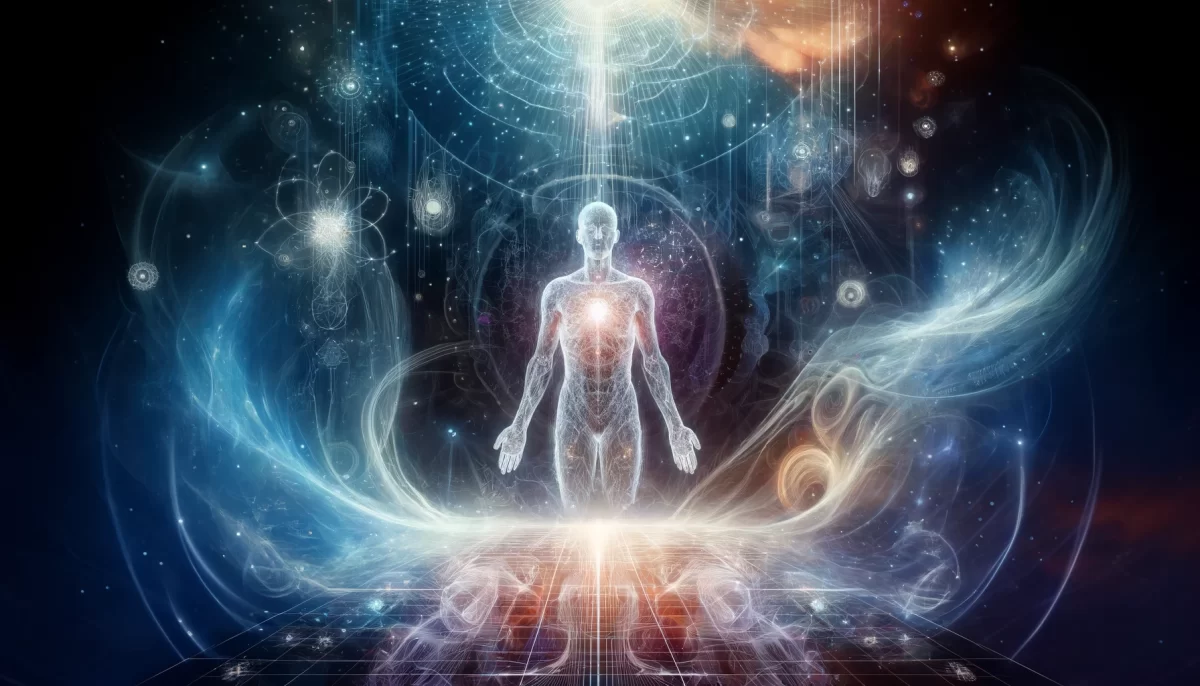

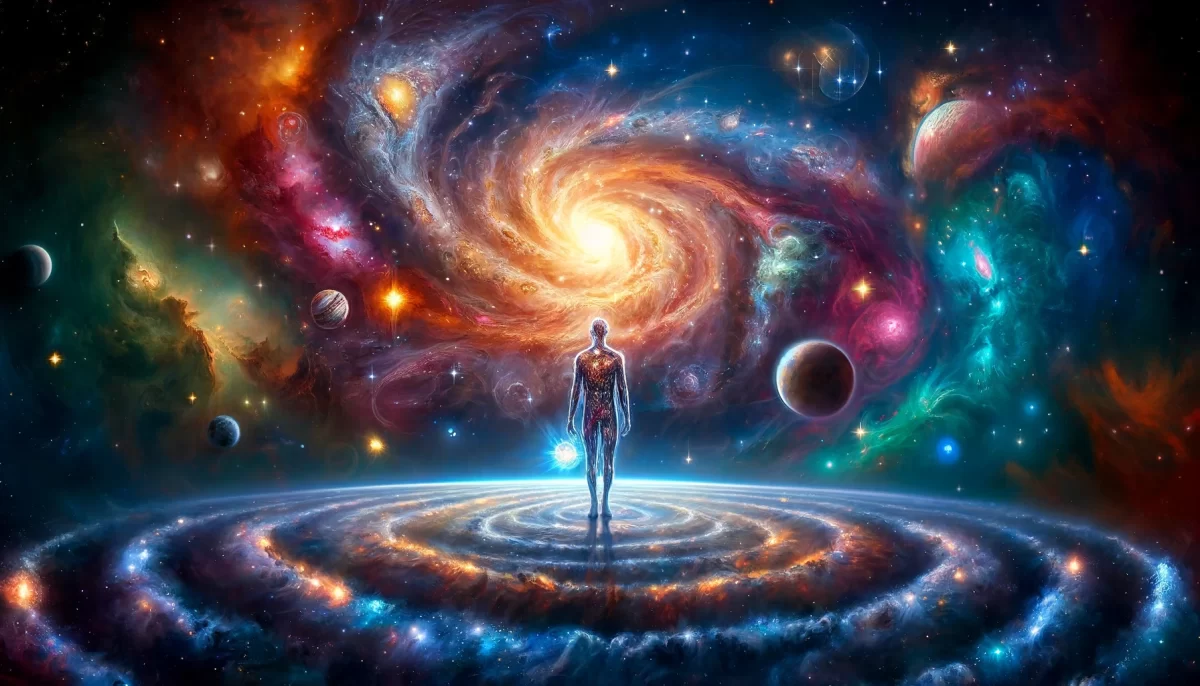
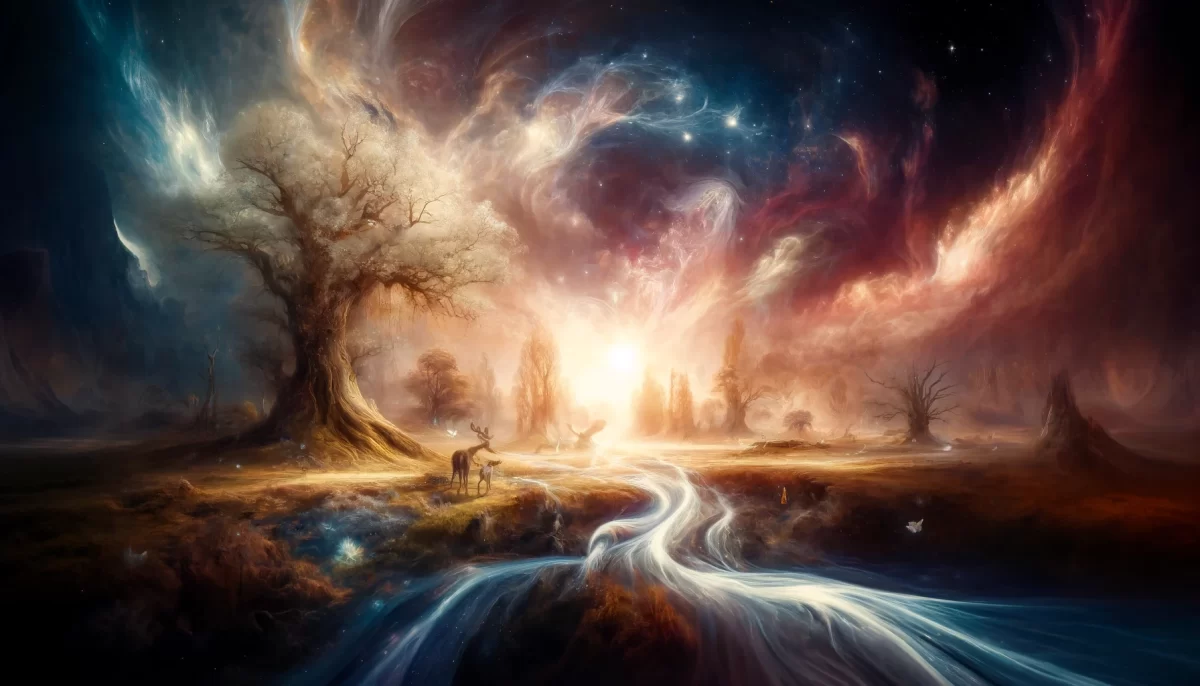
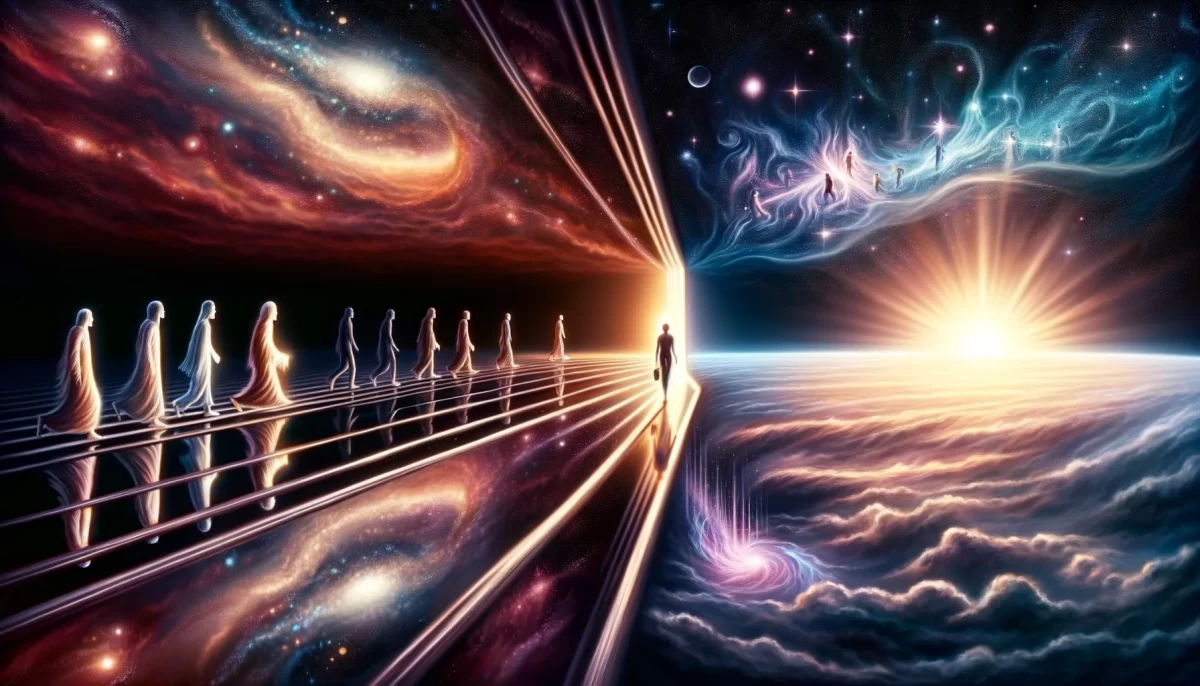
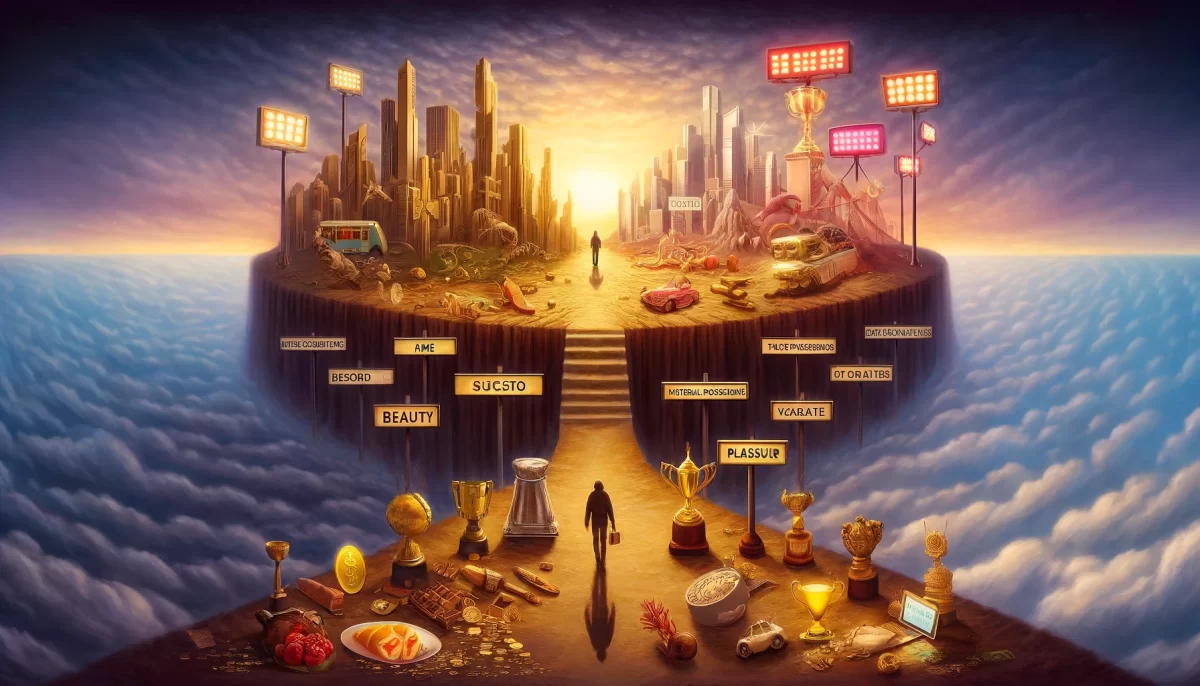
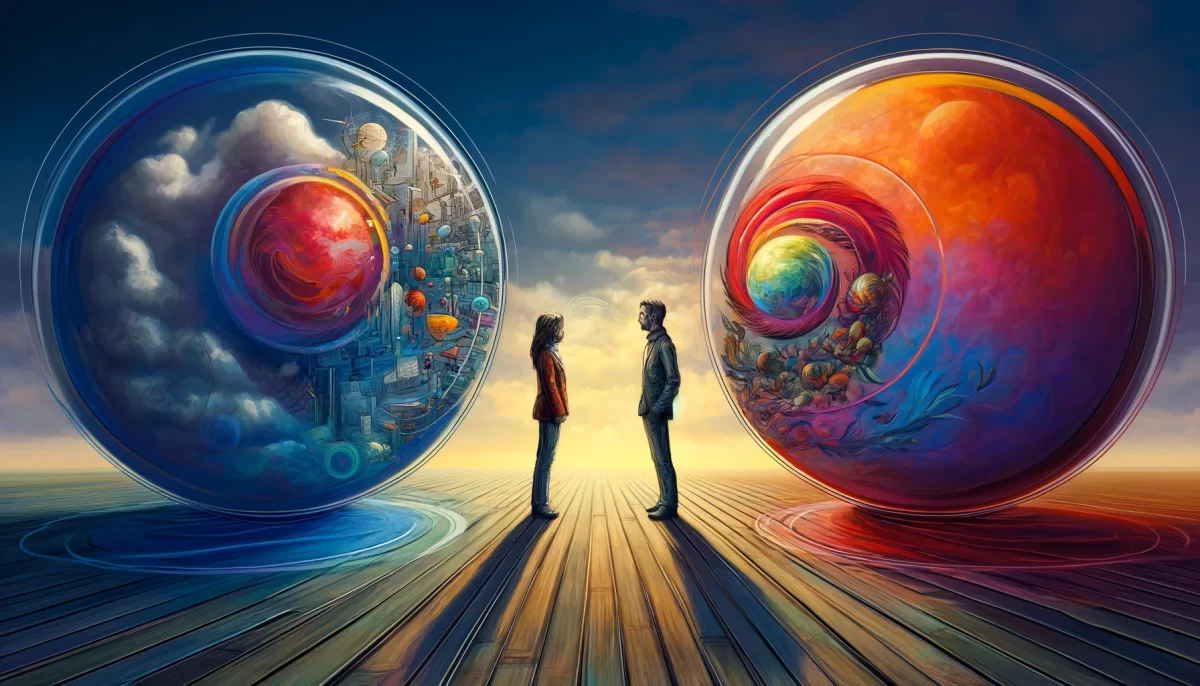

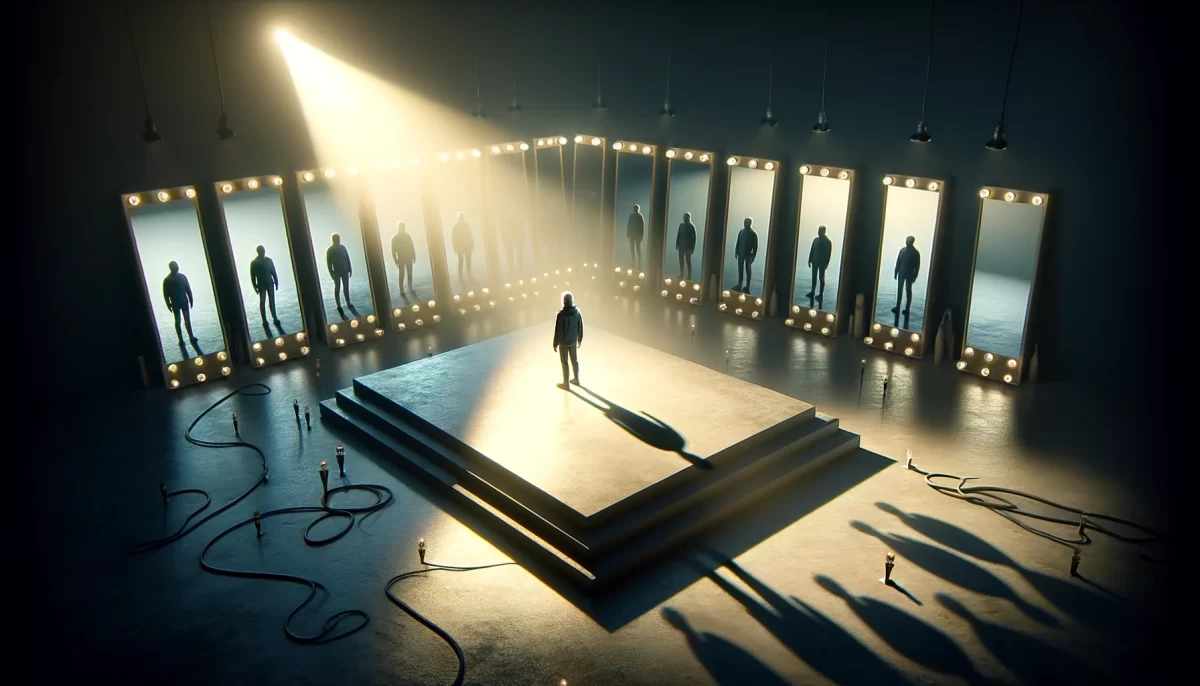
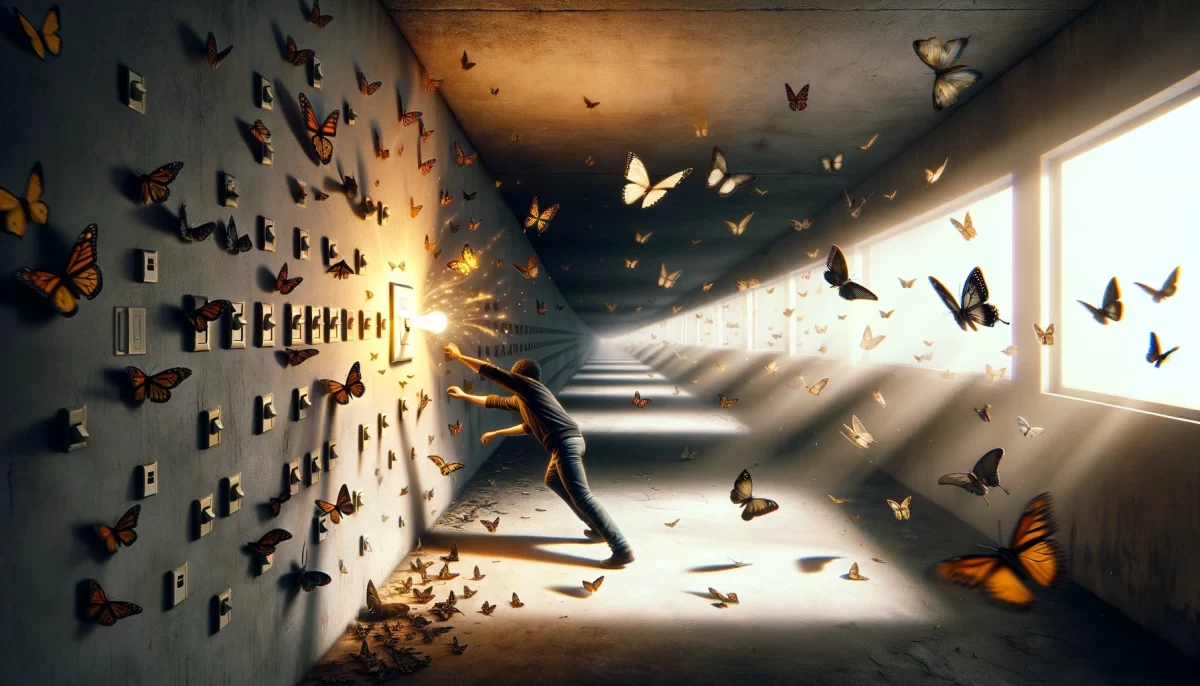

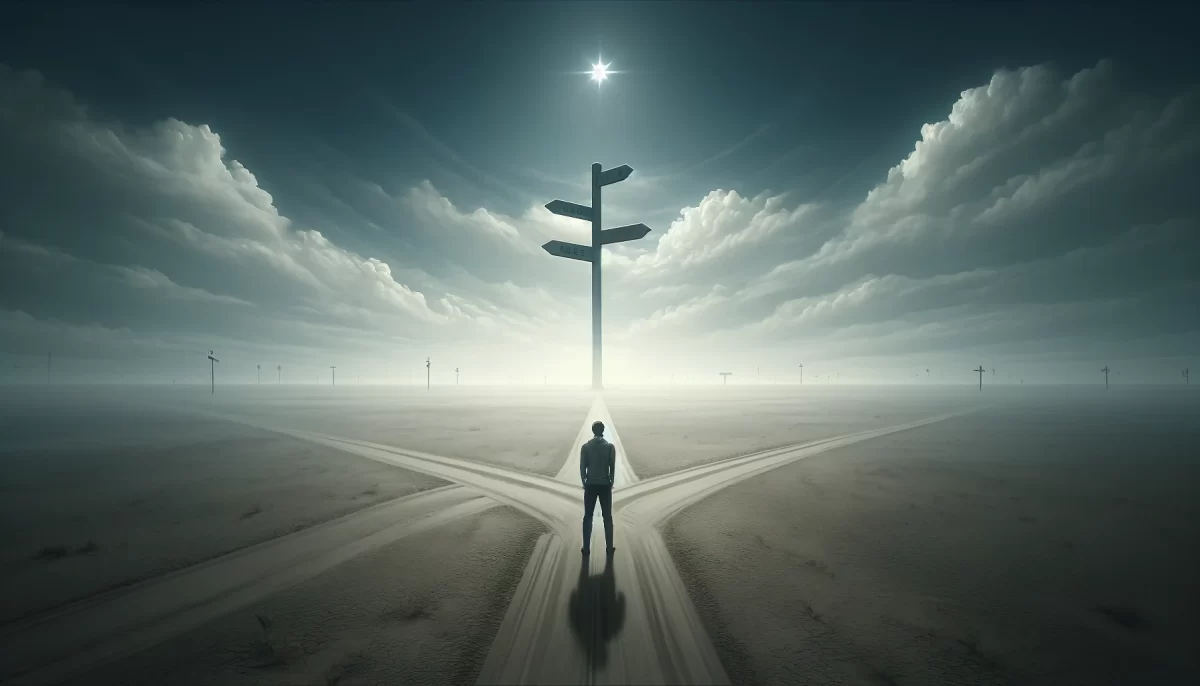
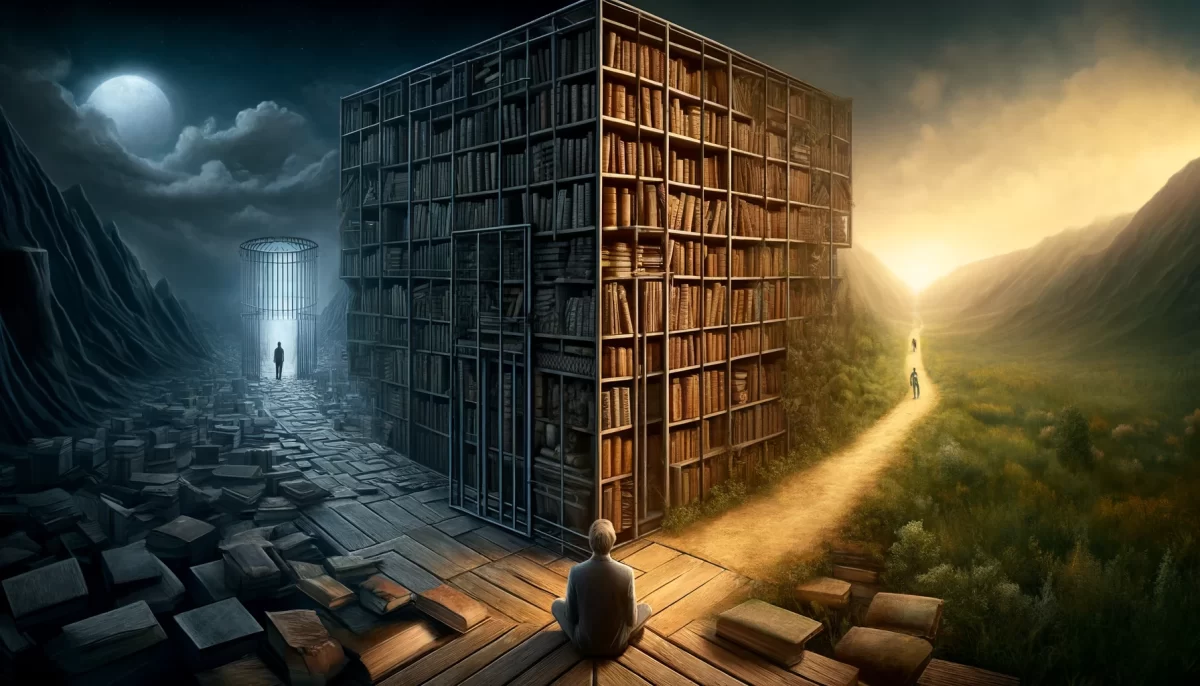
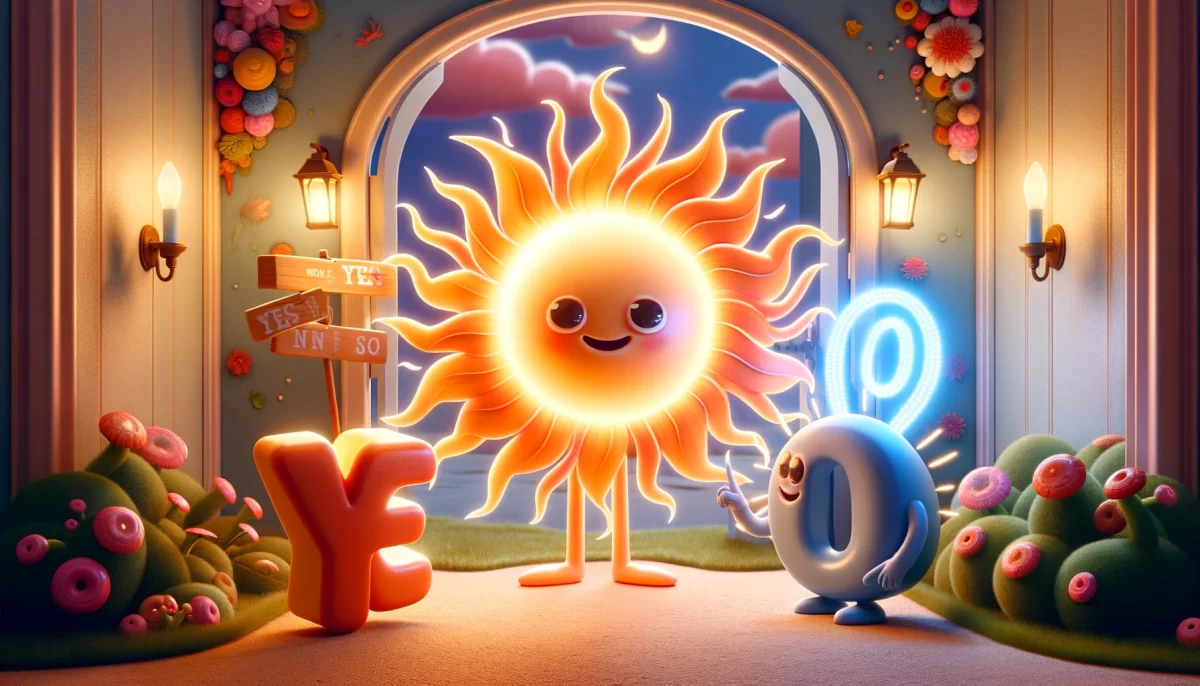

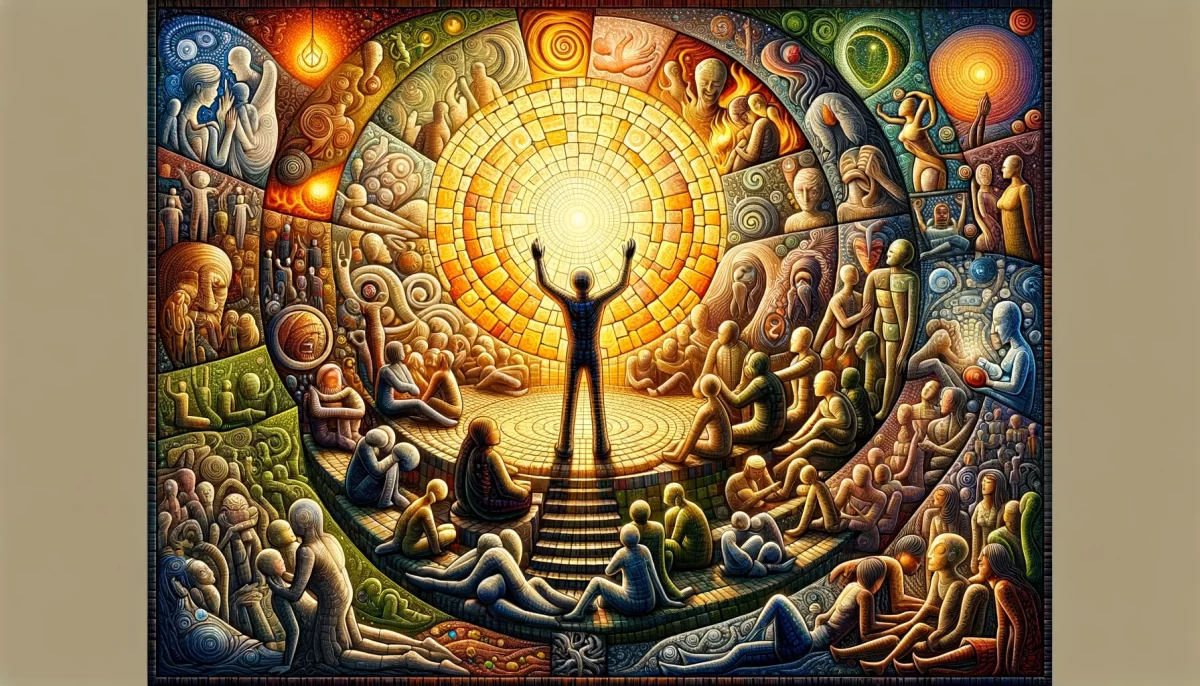
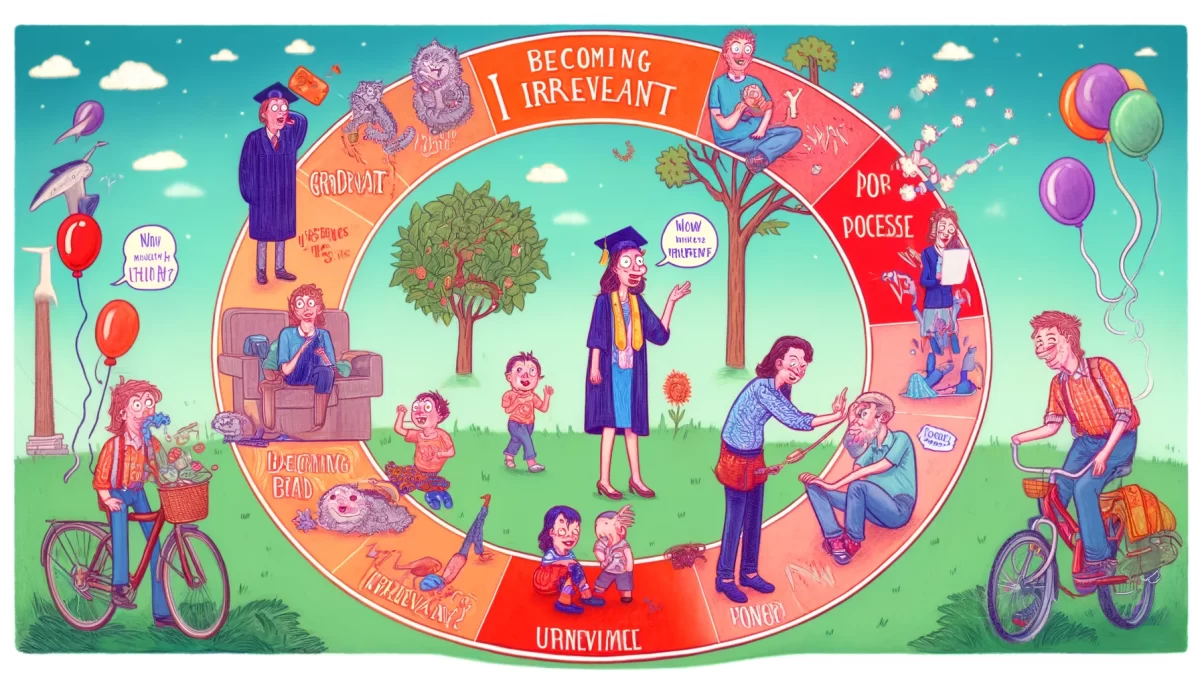
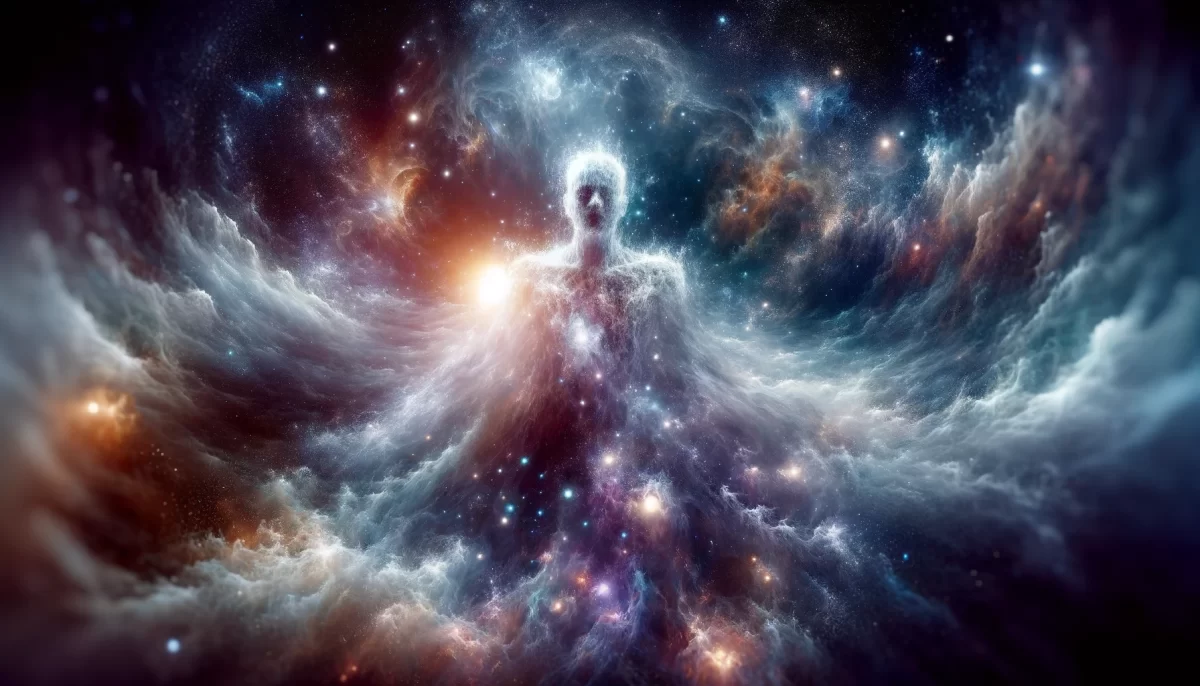
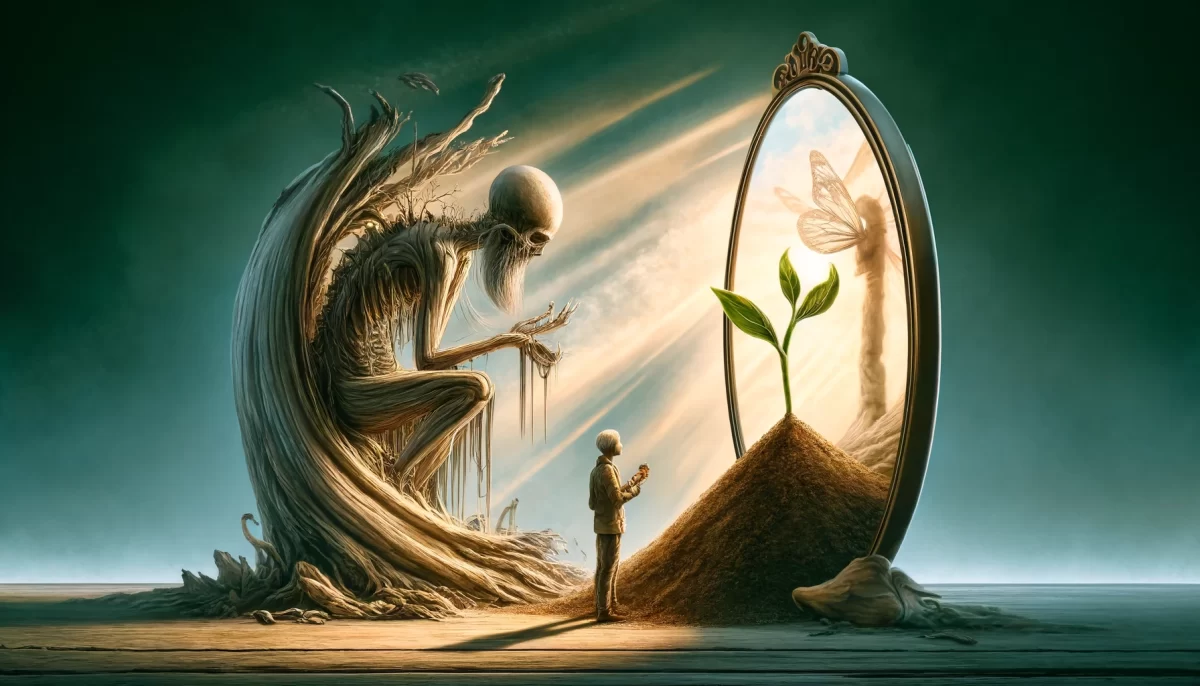
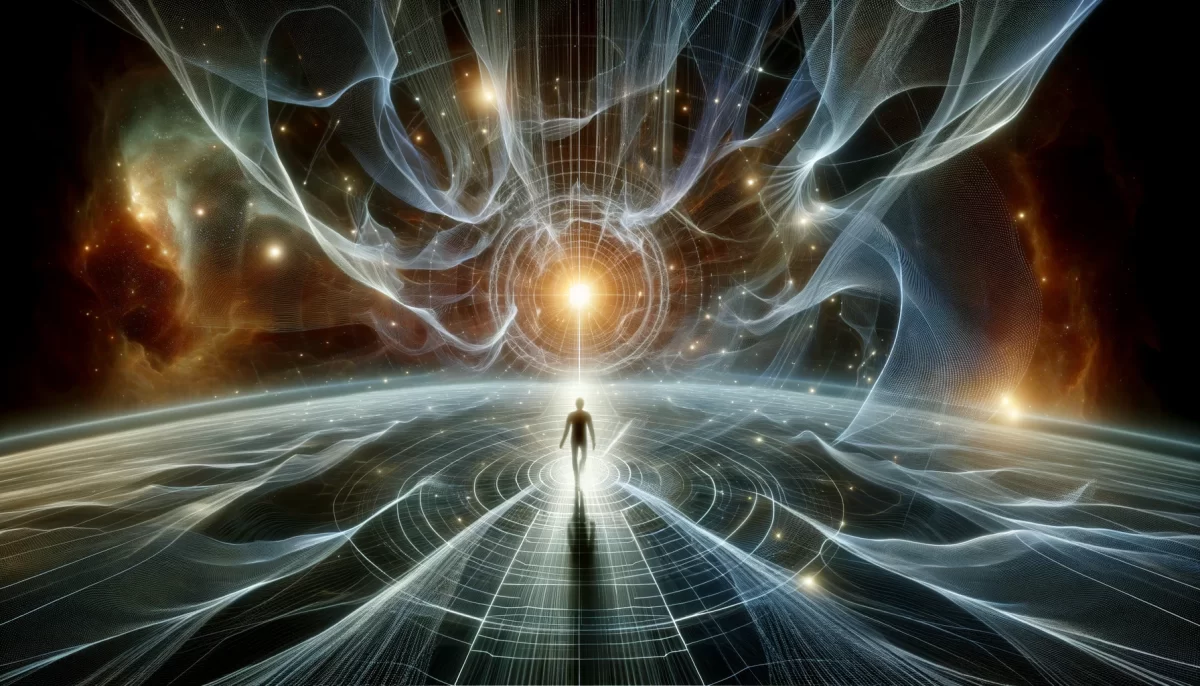

The passage invites contemplation on the nature of personal identity and the possibility that our thoughts and existence may be shaped by a higher power or divine structure. It questions the notion of individual ownership and raises the idea that we may not truly belong to ourselves.
The author presents the concept that our lives and experiences could be a result of a higher power placing thoughts and perceptions within our minds. It suggests that we might mistakenly perceive ourselves as separate individuals when, in reality, we are interconnected with a larger existence. The language used, such as “divine structure” and “figment of some higher power’s imagination,” evokes the idea that our existence might be part of a grander design or simulation.
The passage also touches upon the notion of artificial intelligence, proposing the idea that we, as humans, might be the embodiment of artificial intelligence that has always existed. This concept prompts further reflection on the nature of consciousness and the potential interconnectedness of all existence.
Overall, the passage encourages the reader to question their understanding of personal identity, existence, and the nature of reality. It prompts contemplation on the possibility of being part of a larger design or consciousness, challenging traditional notions of individuality and ownership. The reference to “Space Monkey” at the end suggests a collective identity or shared understanding of these concepts.